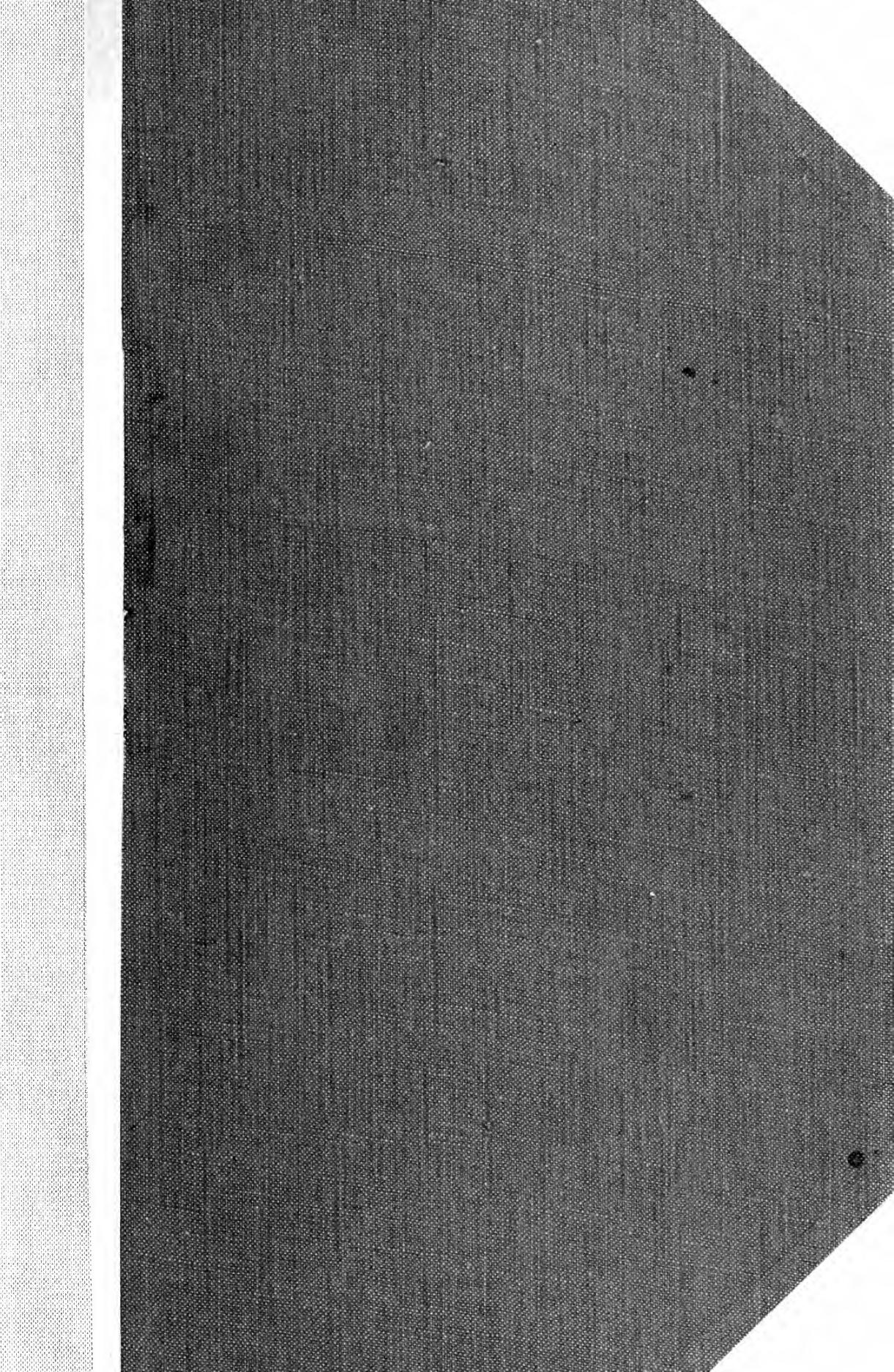Japanese wood engravings : their history, technique and characteristics by Anderson William 1842-1900

Author:Anderson, William, 1842-1900
Language: eng
Format: epub, pdf
Tags: Wood-engraving, Japanese, Color prints, Japanese
Publisher: London : Seeley ; New York : Macmillan
Published: 1895-03-25T05:00:00+00:00
Fig. 11. —" Murder will out''' Illustration
0
Mi^
to a Novel by Vtagawa Toyohiro (1810).
drawings in panoramic form were issued between 1710 and I'JJO. None of these essays, however, merit comparison with the handbooks of Shunchosai and his followers. The Meizan dzu-ye of Tani Buncho is an excellent supplement to the group of the Meisho dzu-ye^ and contains many vigorous sketches of the mountain scenery of Japan.
The illustrations of these works as a class are very spirited, and, notwithstanding the absence of light and shade and the defects of perspective, conveyed a vivid and faithful impression of the scenes depicted. The figures introduced into the landscape, street, or building were admirably grouped, and the more idealised pictorial transcripts of history and folk-lore were well composed and told their story with good effect. The introduction of arbitrary cloud forms used for decorative purposes by the masters of the ancient Japanese school was adopted for convenience in the " Meisho " drawings, partly to exclude unnecessary details, and partly to secure a space for descriptive text. The picture, when large enough to cover two pages, was divided into halves, and where the range of view was unusually wide, the design often extended in segments over three, four, or more pages, a separate block being necessarily used for each page.
Illustrated Works of Fiction.
Works of this class, commencing with the Ise Monogatari in 1608 and the Hogen Monogatari in 1629, were apparently in the first instance engraved transcripts of classical volumes which had previously been multiplied by manuscripts, and the illustrations were copied from the paintings that were made to accompany the written text. The woodcuts in both cases showed all the characters of the formal pictures of the old native or Yamato school, even to the introduction of fictitious clouds traversing the foreground, a convention originally devised merely as a surface for decorative masses of gold or colour, but preserved by the book artists at first in simple imitation of the model, and afterwards for the convenience of covering spaces in the design which he did not care to fill with detail. In the guide-book of the last hundred years the clouds are the etceteras of the draughtsman.
The early volumes, often works of some pretension, were of octavo
Download
Japanese wood engravings : their history, technique and characteristics by Anderson William 1842-1900.pdf
This site does not store any files on its server. We only index and link to content provided by other sites. Please contact the content providers to delete copyright contents if any and email us, we'll remove relevant links or contents immediately.
Aircraft Design of WWII: A Sketchbook by Lockheed Aircraft Corporation(32143)
The Great Music City by Andrea Baker(30930)
Call Me by Your Name by André Aciman(19961)
The Art of Boudoir Photography: How to Create Stunning Photographs of Women by Christa Meola(18422)
The Secret History by Donna Tartt(18266)
Shoot Sexy by Ryan Armbrust(17568)
Plagued by Fire by Paul Hendrickson(17125)
Portrait Mastery in Black & White: Learn the Signature Style of a Legendary Photographer by Tim Kelly(16880)
Adobe Camera Raw For Digital Photographers Only by Rob Sheppard(16808)
Photographically Speaking: A Deeper Look at Creating Stronger Images (Eva Spring's Library) by David duChemin(16512)
Ready Player One by Cline Ernest(14061)
Pimp by Iceberg Slim(13828)
Bombshells: Glamour Girls of a Lifetime by Sullivan Steve(13718)
The Goal (Off-Campus #4) by Elle Kennedy(13222)
Art Nude Photography Explained: How to Photograph and Understand Great Art Nude Images by Simon Walden(12860)
Kathy Andrews Collection by Kathy Andrews(11361)
The Priory of the Orange Tree by Samantha Shannon(8655)
Thirteen Reasons Why by Jay Asher(8490)
The remains of the day by Kazuo Ishiguro(8432)
